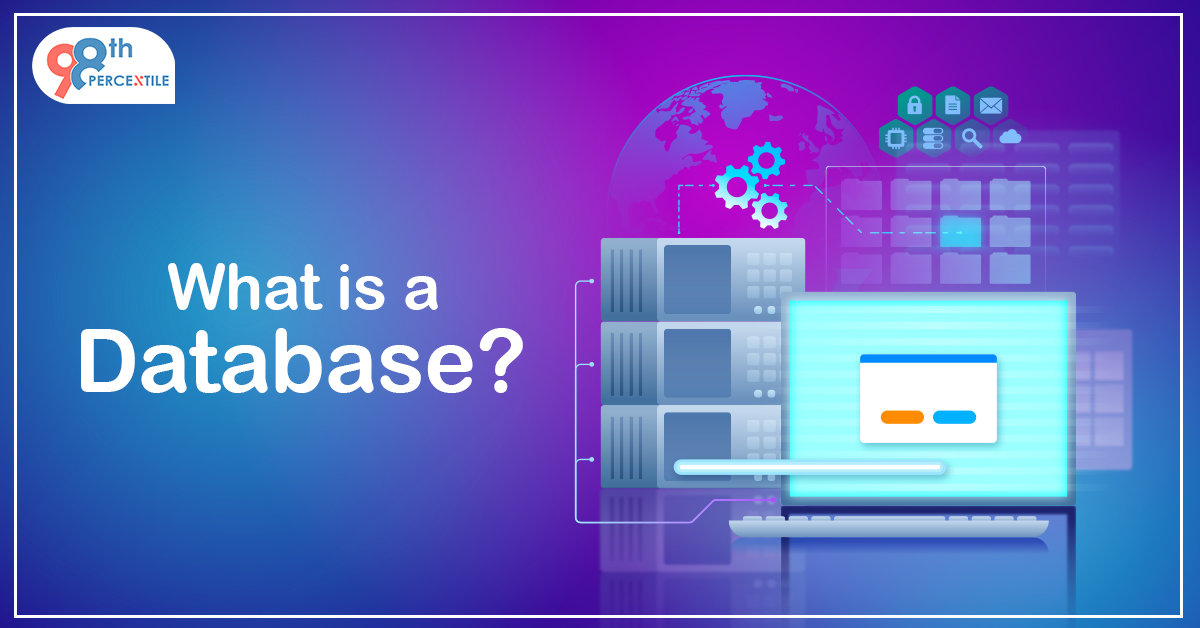What is a Database?
A database is a structured collection of data that is systematically organized to facilitate efficient storage, retrieval, and manipulation of information. Databases play a pivotal role in various fields, providing a structured framework for managing and organizing data. They are essential components of information systems, supporting applications ranging from business operations to scientific research.
Databases come in different types, each tailored to specific needs. Relational databases, for example, organize data into tables with rows and columns, establishing relationships between them. These databases use a standardized query language, SQL, to interact with the data.
Alternatively, NoSQL databases offer flexibility in handling unstructured or semi-structured data, making them suitable for applications with dynamic and evolving data requirements. Object-oriented databases store data in the form of objects, encapsulating both data and the methods that operate on the data. This type is beneficial for applications with intricate data structures.
Selecting the appropriate database type depends on factors such as the nature of the data, scalability requirements, and the specific needs of the application. As technology advances, databases continue to evolve, adapting to the changing landscape of data management.

What are the different types of Databases?
Databases come in various types, each designed to handle specific data storage and retrieval needs. One prevalent type is the relational database, which organizes data into tables with defined relationships between them. Relational databases use Structured Query Language (SQL) to manage and query data, making them suitable for applications with structured and well-defined data.
NoSQL databases represent a diverse category that includes document-oriented, key-value, column-family, and graph databases. NoSQL databases offer flexibility in handling unstructured or semi-structured data, making them ideal for scenarios with dynamic and evolving data requirements. Document-oriented databases store data as documents, often in JSON or BSON format, allowing for efficient handling of varied data types. Key-value stores associate data with unique keys, facilitating rapid retrieval. Column-family databases organize data into columns rather than rows, optimizing performance for certain use cases. Graph databases, meanwhile, excel in managing data with complex relationships, representing information as nodes and edges.
Object-oriented databases store data in the form of objects, encapsulating both data and the methods that operate on that data. This type is particularly beneficial for applications with intricate data structures and relationships. Choosing the right database type depends on factors such as data structure, scalability, and the specific requirements of the application, reflecting the diverse landscape of data management solutions.
Why young kids should learn about databases?
In today's increasingly digital world, teaching kids about databases is a valuable and forward-thinking educational initiative. Understanding databases equips children with essential skills that transcend traditional academic subjects and prepare them for the technology-driven future. Here are several compelling reasons why kids should learn about databases:
1. Digital Literacy:
Learning about databases enhances children's digital literacy by introducing them to fundamental concepts of data organization and management. In a world where information is abundant, the ability to navigate and understand databases is a crucial skill.
2. Real-world Relevance:
Databases are ubiquitous in everyday life, from online shopping and social media to school management systems. Teaching kids about databases helps them recognize the relevance of these systems in their daily experiences, fostering a connection between theoretical knowledge and practical applications.
3. Problem-Solving Skills:
Database design requires logical thinking and problem-solving skills. Kids who learn about databases develop the ability to organize and structure information systematically, honing their analytical and critical thinking abilities.
4. Preparation for Future Careers:
As technology continues to advance, professions related to databases, such as database administration, data analysis, and software development, are in high demand. Introducing kids to databases at an early age can inspire interest in these fields and lay the groundwork for future career paths.
5. Understanding Data Integrity:
In a world inundated with information, children must understand the concept of data integrity. Learning about databases teaches them the importance of accurate and reliable data, instilling principles of honesty and accountability.
6. Collaboration and Communication:
Database projects often require collaboration, encouraging teamwork, and effective communication skills. Kids who engage in database-related activities learn to work together, share ideas, and communicate effectively to achieve a common goal.
7. Interdisciplinary Learning:
Database concepts integrate elements from various disciplines, including mathematics, computer science, and information technology. By learning about databases, kids gain interdisciplinary insights and see how different subjects connect to solve real-world problems.
8. Adaptability to Technology:
The ability to adapt to evolving technology is a crucial skill in the 21st century. Learning about databases exposes kids to the dynamic nature of technology and instills a sense of adaptability as they become familiar with different database systems and applications.
9. Data Security Awareness:
With the increasing importance of data in today's world, understanding the basics of data security is essential. Teaching kids about databases includes educating them on the importance of safeguarding information, contributing to their digital citizenship, and responsible use of technology.
10. Creativity and Innovation:
Database design involves creativity in structuring information to meet specific needs. Encouraging kids to think innovatively about how to organize and retrieve data fosters a mindset of creativity and problem-solving, skills that are valuable in various aspects of life.
Teaching kids about databases goes beyond imparting technical knowledge; it equips them with skills that are integral to navigating the complexities of the digital age. As a foundational element of information technology, understanding databases empowers children to be informed, adaptable, and capable contributors to a technology-driven society. By incorporating database education into curricula, educators can prepare students for the challenges and opportunities of the future.
Explore 98thPercentile for more information

 Students/Staff
Students/Staff Parents
Parents ElevatEd
ElevatEd


-Nov-18-2025-03-57-47-3267-AM.png?width=360&length=360&name=401x226%20(6)-Nov-18-2025-03-57-47-3267-AM.png)



-Jul-22-2025-03-16-52-8797-AM.png?width=360&length=360&name=401x226%20(6)-Jul-22-2025-03-16-52-8797-AM.png)






